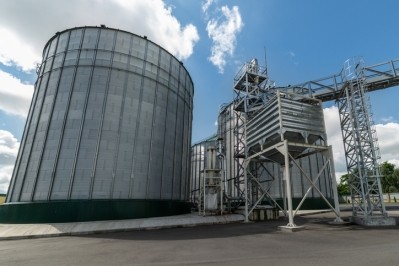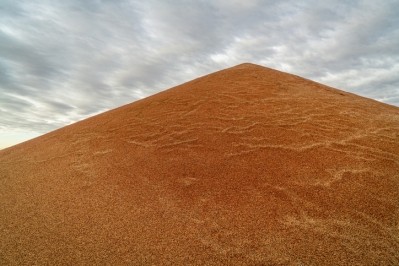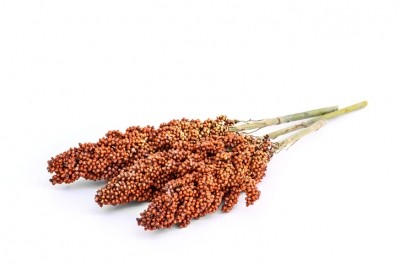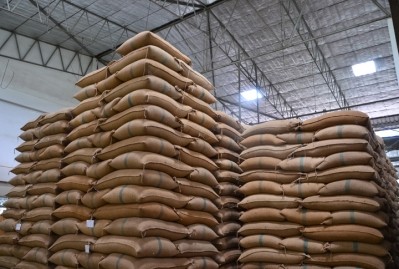South Africa drops sorghum production, bumps US imports
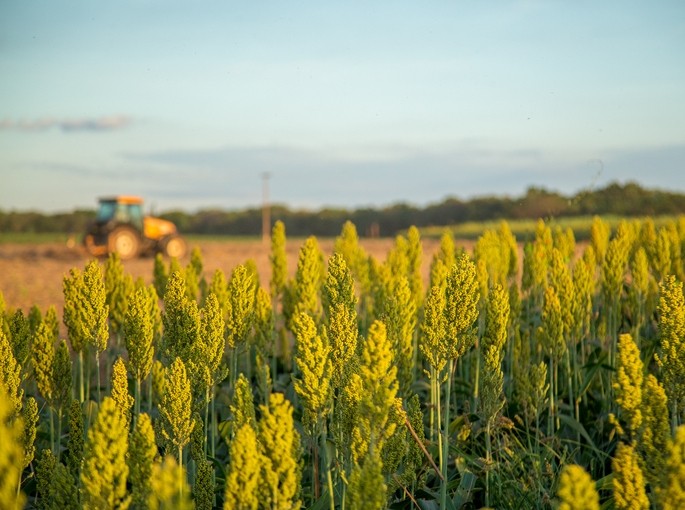
The US Department of Agriculture’s (USDA) Foreign Agricultural Service released details of the sorghum import and export market in South Africa in a senior agricultural specialist’s report last week.
Overall, the trend toward declining domestic production in sorghum appears to point an opportunity for producers of the feed and food grain in the US, said the specialist. The trend in decreased domestic production is expected to continue through the 2018/19 marketing year (MY).
“South Africa moved from being a net exporter of sorghum to a net importer of sorghum in the past 10 years as producers preferred to plant more profitable crops,” he said. “Sorghum imports are expected to increase by 17% in the 2018/19 MY too reached 70,000 tons.”
“The United States is the major supplier of sorghum to South Africa with contributing almost 100% of total sorghum imports,” he added.
Export market highlights
In the 2017/18 MY, South Africa is expected to import about 60,000 tons of sorghum, up from 55,824 tons imported during the previous marketing year, the specialist said. The increase is a growth of about 7%.
“South Africa moved from being a net exporter of sorghum to a net importer of sorghum,” he said. “Furthermore, sorghum imports are expected to increase by 17% in the 2018/19 MY to reach 70,000 tons.”
However, the drop anticipated in domestic sorghum production in South Africa for 2018/19 is about 9%, he said.
The country is expected to produce about 100,000 tons of the feed grain on about 30,000 hectares, he said. In 2017/18, about 109,855 tons were raised, down 28% from the amount grown in 2016/17.
“The main reason for this drop in sorghum production was a 32% decrease in area planted as many producers substitute sorghum for more profitable crops like soybeans,” the specialist said of production in 2017/18.
Sorghum production peaked in the mid-1980s, he said. At that time, about 300,000 hectares were planted.
“Since 2010 the average area planted declined to a mere 60,000 hectares and reached an all-time low of 29,000 hectares in the 2017/18 MY,” he said. “A major reason for the decline of sorghum production in South Africa is the fact that productivity, especially yield levels, have failed to increase at the same positive rate as productivity levels of corn and soybeans, resulting in less competitive gross margins.”
Overall yields for sorghum have been “fairly stagnant” at about 2.7 ton a hectare during the past 20 years, he said. Corn yields have improved by about 20% to 6 tons a hectare during that period.
“Unless drastic technology changes occur that could improve sorghum productivity, producers will continue to switch to more profitable crops and the decreasing trend in hectares planted with sorghum in South Africa will continue,” the specialist said.
Sorghum is used in several products in South Africa including in food, animal feed and in malting, however, it also is seeing some challenges from the pricing of alternative grains including corn, he said. “The use of sorghum as an animal feedstuff is well researched and documented over the years,” he added.
“The animal feed market comprises of sorghum processed for pet food, poultry and livestock,” he said. “The utilization of sorghum in the feed market is inconsistent as price is the main determining factor as to whether corn or sorghum is used for animal feed.”
